Interest Rates and Bond Valuation
Created by David Moore, PhD
Reference Material: Chapter 7 of TextbookKey Concepts
- Bond valuation (pricing a bond)
- Bond terms and features
- Inflation and Interest rates (Real vs Nominal)
- Term Structure of interest rates
Intro to Bonds
Key terms:
- Par Value (face value):principal repaid, usually $\$$1,000 per bond;
- Discount bond: price $<$ Face Value
- Premium Bond: price $>$ Face Value
- Coupon rate: annual interest rate
- Coupon payment: stated interest payment
- Maturity date: specified date on which principal (face value) is repaid
- Yield to Maturity (YTM): market interest (required return) on a bond. OR the rate implied by the current bond price.
Bond Valuation
Bond Valuation
Good News! This is just a TVM problem.Bond Value=PV of Coupons + PV of Face Value
N= Time to Maturity
Rate(I%)= Yield to maturity
Present Value(PV)= Price
Payment(PMT)= Coupon payment= coupon rate*face value
Future Value (FV)= Face value or par value
Example 1
Suppose you are reviewing a bond that has a 10% annual coupon and a face value of $\$$1,000. There are 20 years to maturity, and the yield to maturity is 8%. What is the price of this bond? Why do we call it a premium bond?N= 20
Rate(I%)= 8
Present Value(PV)= -1196.36
Payment(PMT)= 1000*.10=100
Future Value (FV)= 1000
Try solving using PV formulas.
Example 2 - Your Turn
Suppose you are reviewing a bond that has a 10% annual coupon and a face value of $\$$1,000. There are 20 years to maturity, and the yield to maturity is 12%. What is the price of this bond? Why do we call it a discount bond?Example 3 Semi-Annual coupons
Suppose a bond with a 10% coupon rate and semiannual coupons, has a face value of $\$$1,000, 20 years to maturity and is selling for $\$$1,197.93. What is the YTM?N= 20x2=40
Rate(I%)= 3.99 x 2 = 8
Present Value(PV)= -1197.93
Payment(PMT)= (1000*.10)/2=50
Future Value (FV)= 1000
Bond Prices and Interest Rates
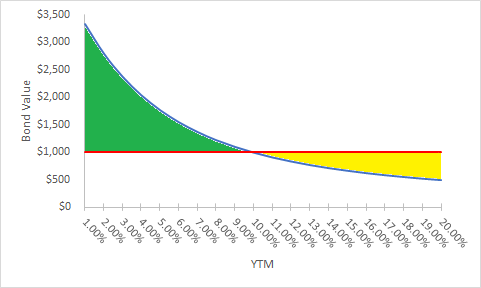
Green: YTM$<$Coupon Bond is trading at a ?
Yellow: YTM$>$ Coupon Bond is trading at a ?
Intersection: YTM=Coupon Bond is trading at ?
Interest Rate Risk
All else equal..
- the longer the time to maturity, the greater the interest rate risk.
- the lower the coupon rate, the greater the interest rate risk.
Current Yield vs YTM
$YTM=Current Yield + Capital Gains Yield$, where:$Current Yield=\frac{Annual Coupon Pmt}{Price}$
$Capital Gains Yield= \frac{P_1-P_0}{P_0}$
Current Yield Example
Consider a 10% coupon bond with semi-annual coupons, face value of 1,000, and 20 years to maturity is selling for $\$$1,197.93. What is the Current Yield, Capital Gains Yield, Yield to Maturity?Bond Terms and Features
The Players
- The person or firm making the loan is called the creditor or lender.
- The person or firm borrowing the money is called the debtor or borrower.
The money being lent(borrowed) is called a debt security.
Debt vs Equity
- Debt is an NOT an ownership interest. (Creditors have no voting power)
- Payment of interest is considered “cost of doing business” and is thus tax deductible. (Dividends are not)
- Unpaid debt is a liability to the firm. Therefore cost of issuing debt is financial failure(bankruptcy) causing liquidation or reorganization. Equity is not a liability.
Fun fact: Firms try really hard to make/create securities that have features of equity but are treated like debt.
Long-Term Debt
- One-year typically distinction between short-term and long-term
- Debt securities typically called notes, debentures, or bonds.
- Typically issue maturities with $<10$ years= Note and $>10$years=Bonds
- Two types of forms: Public Issue and Privately placed.
- We focus on public issue
- Terms of privately placed long term debt determined by the parties involved.
The Indenture
- Trustee represents bondholders and must:
- Ensure terms are obeyed
- Manage sinking fund (described later)
- Represent bondholder in default
- This is a legal document
- Generally includes: Basic terms of the bond, total amount of bonds issued, description of property used as security(collateral), repayment arrangements, call provisions, protective covenants.
Apple Example
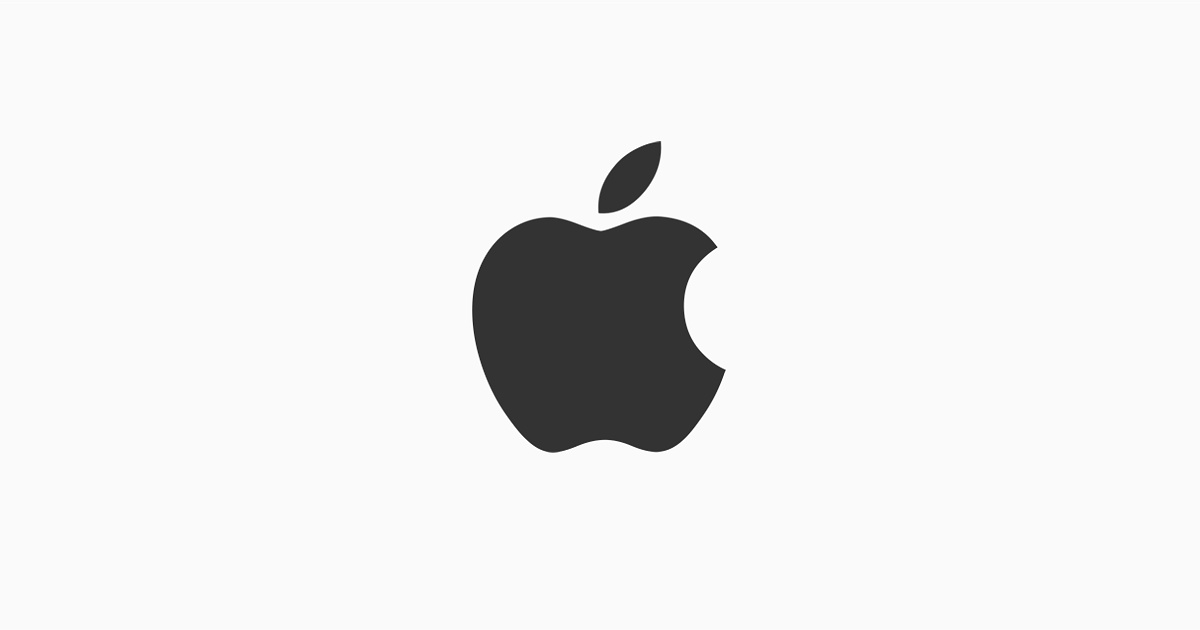
Bond Forms
- Registered form: Registrar of the company records ownership of each bond; payment is made directly to the owner of record.
- Example: Interest is payable semiannually on July 1 and January 1 of each year to the person in whose name the bond is registered at the close of business on June 15 or December 15, respectively.
- Bearer form: The bond is issued without record of the owner's name; payment is made to whomever holds the bond.
Bearer Form Example
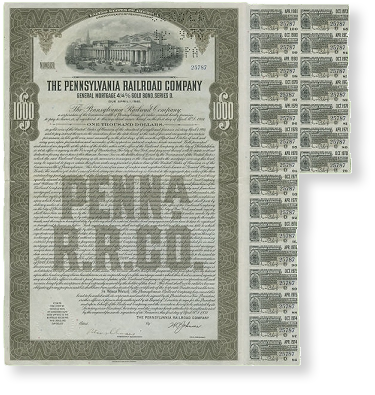
Security
- Collateral: securities that are pledged as security for payment of debt. (Commonly used to refer to asset pledges on a debt.)
- Mortgage security: Secured by a mortgage on a real property of the borrower(your house).
- Legal document describing mortgage is called Mortgage trust indenture or trust deed
- Blanket mortgage: pledges ALL the real property owned by the company. (Land and fixtures not cash and inventories)
Debenture
- Referred to as Note if original maturity is less than 10 years.
- Only claim is on property not otherwise pledged.
Seniority
- Labeled as senior or junior
- Subordinated: paid off only after specified creditors have been compensated.
Note: Debt CANNOT be subordinated to equity.
Repayment
- Bonds can be repaid:
- At maturity
- Repaid in part or in entirety before maturity
- Sinking fund: Account managed by the bond trustee for the purpose of repaying the bonds.
- Firm makes annual payments to the trustee, who then uses funds to retire portion of the debt
- Arrangements for repayment come in many different forms.
Call provision
- Corporate bonds typically callable
- Call premium: Difference between call price and stated value (par value)
- Deferred call provision: Prohibiting the company from redeeming a bond prior to a certain date.
- Call protected bond: A bond that, during a certain period, cannot be redeemed by the issuer.
Protective Covenants
- Usually to protect investors
- Two types: Positive covenants (thou shalt) and negative covenants (thou shalt not).
- Ex. Negative: limit dividends, cannot pledge assets to other lender, cannot do a merger, cannot sell or lease major assets without approval, cannot issue additional long term debt
- Ex. Positive: Must maintain certain level of working capital, furnish audited financial statements, maintain securities.
Bond Ratings
- Debt rating:
Assessment of the creditworthiness of the corporate issuer. - Based on how likely the firm is to default and protection creditors have in the event of default
- Rated by Standard & Poor's (S&P) and Moody's
- High grade is AAA(Aaa) (fairly rare)
- AA(Aa) much more common, very good quality debt(i.e. low risk)
- Investment-Quality grade: High: AAA, AA Medium: A, BBB
- Speculative (Junk) grade: BB, B, CCC, CC, (Very low grade:C, D)
Bond Types
Government
- US government is biggest borrower in the world
- Currently 21.5 Trillion (about 65,441 per citizen or 176,475 per taxpayer)
- Government debt known as Treasury Bill($<$ 1 year), Note(1-10 years) or Bond($>$10 years)
- No default risk: assume US gov't will pay its debts
- Exempt from state taxes (only pay federal)
Municipal (Munis)
- These do have default risk
- Coupons are exempt from FEDERAL income tax
Example: Taxable US treasury bond vs Tax Exempt Muni
| Bond Type | Pre-tax return | After-tax return |
|---|---|---|
| Taxable Bond | 8% | 8%(1-.40)=4.8% |
| Muni Bond | 6% | 6% |
Zero coupon bonds (zeroes)

Floating rate bonds (floaters)
- Coupon rates are adjustable (tied to an interest rate index)
- Most floaters have the following:
- Put provision: Holder has the right to redeem the note at par on the coupon payment date after some specified amount of time
- Collar: Coupon rate has a floor and a ceiling. Coupon rate is "capped"
- Example: Inflation linked bond: coupons adjusted according to rate of inflation ex. TIPS (Treasury Inflation Protected Securities)
Other Types/features
Note: a bond can have many features (only limited by imagination of parties involved.)
- Warrant: gives the buyer of the bond the right to purchase shares of stock in the company at a fixed price
- Income bonds: coupon depends on income of corporation
- Convertible bond: can be swapped for a fixed number of shares
- Put bond: allows holder to force issuer to buy back the bond at a stated price.
- Structured notes: bonds based on stocks, bonds, commodities, or currencies, Ex. Based off stock index.
Mortgage Backed Securities
The Bond Market
Overview
Treasury Quotations
| Maturity | Coupon | Bid | Asked | Chg | Asked Yield |
|---|---|---|---|---|---|
| 2/15/2019 | 8.875 | 102.3594 | 102.3750 | -0.0156 | 2.322 |
- What is the coupon rate on the bond?
- When does the bond mature?
- What is the bid price? (The price the dealer is willing to pay)
- What is the ask price? (The price the dealer is willing to take)
- How much did the price change from the previous day?
- What is the yield based on the ask price?
Inflation and Interest Rates
Real vs Nominal rates
- Nominal: Have not been adjusted for inflation
- Real: Have been adjusted for inflation
- Nominal: percentage change in the number of dollars you have
- Real rate: Percentage change in how much you could buy with your dollars. (percentage change in buying power.)
Fisher effect
The relationship between nominal returns, real returns, and inflation.$1 + R = (1 + r) x (1 + h)$, where:
R=Nominal rate
r=Real rate
h=inflation rate
Example
If we require a 10% real return and we expect inflation to be 8%, what is the nominal rate?Example with PV
Want to withdraw $\$$25,000 worth of purchasing power each year for next 3 years. Inflation rate is 4%. Nominal rate is 10% . What is the present value? (HINT: use nominal cash flows and nominal rate or real cash flows and real rate)Term Structure of Interest Rates
What is term structure?
- Upward sloping(normal): long-term rates are higher than short term rates (most common)
- Downward sloping(inverted): Short-term rates are higher than long term rates.
Upward Sloping
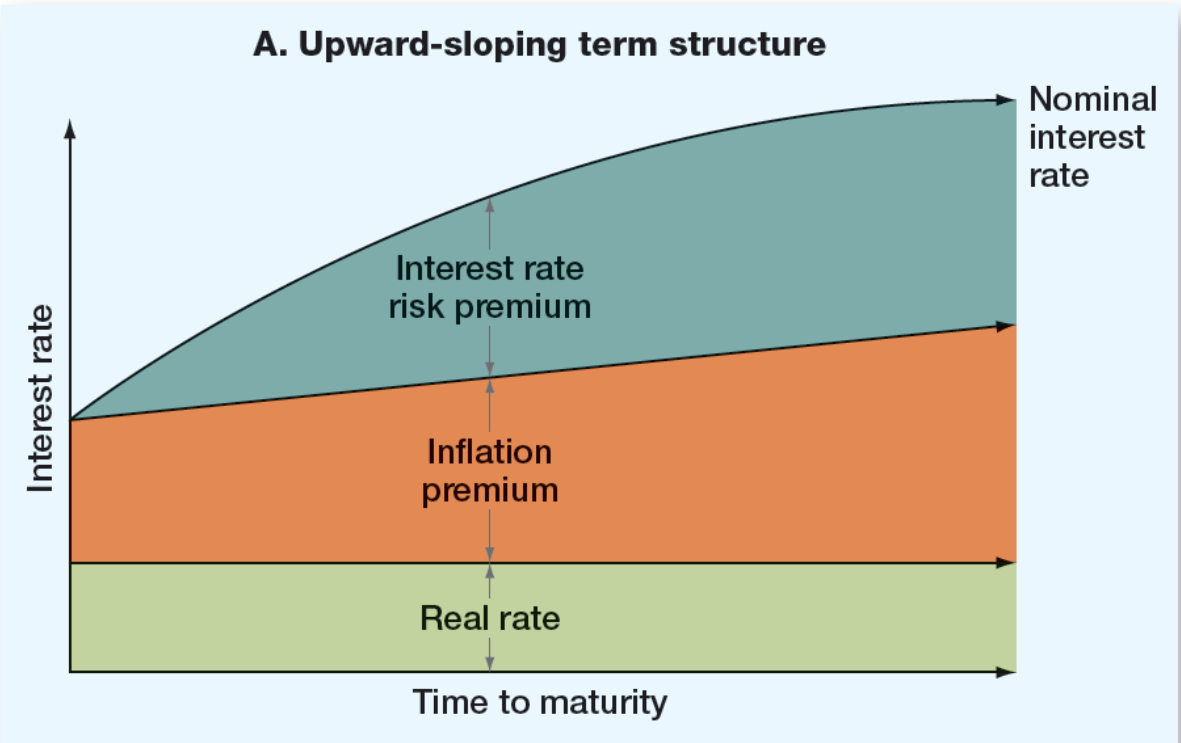
Downward Sloping
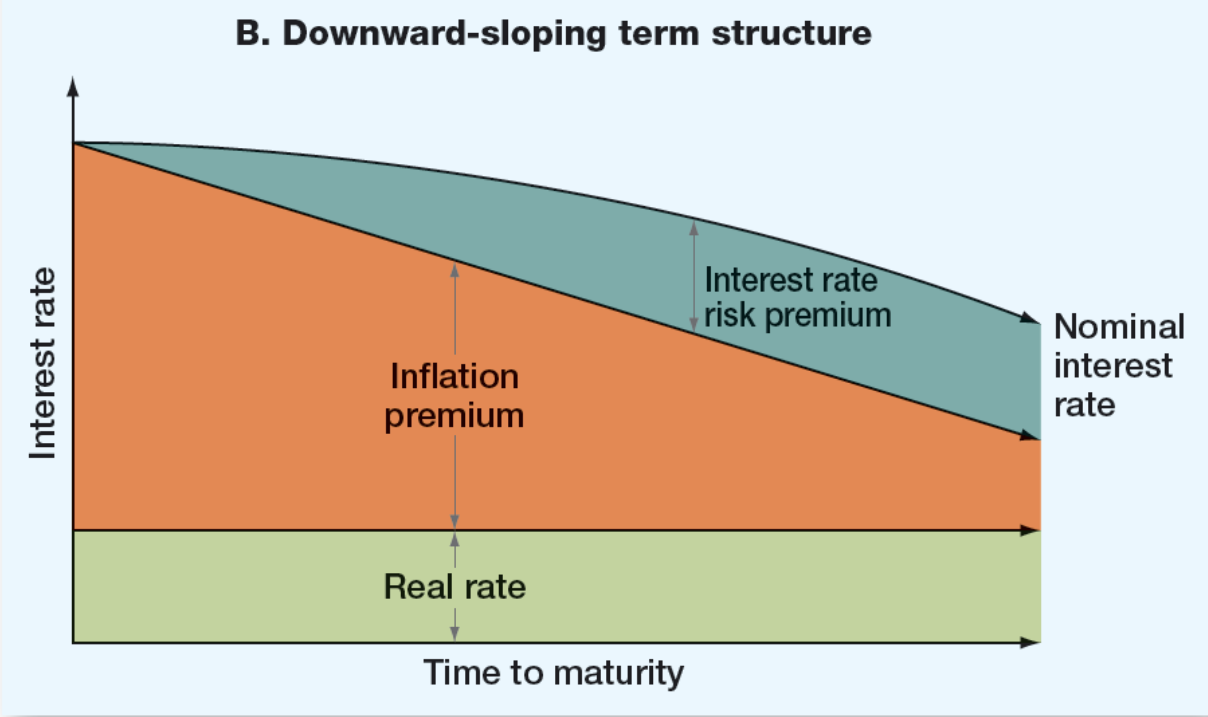
Term Structure Components
- Real rate: the compensation for investors foregoing use of money.
- Inflation Premium: compensation for loss in value of a dollar.
- Interest rate risk premium: compensation for risk of changing interest rates. (increasing at a decreasing rate)
Treasury Yield Curve
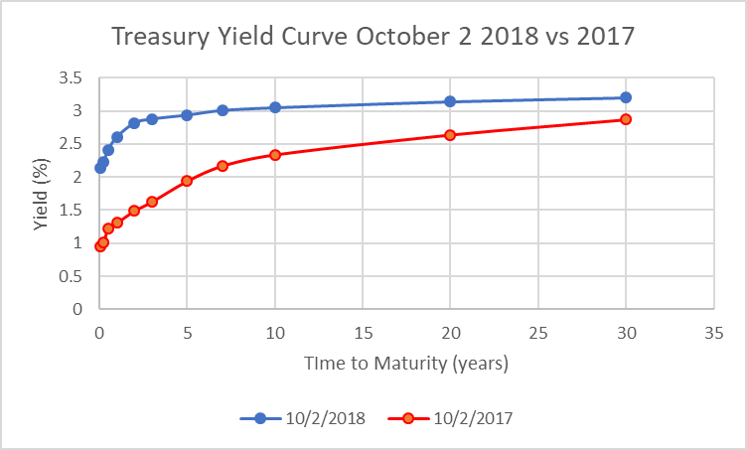
- Based on coupon bond yields (Only difference to term structure)
- Three components: Real rate, expected future inflation, interest rate risk premium.
- Three key features: Default free, taxable, highly liquid.
Yield Curve and Recessions
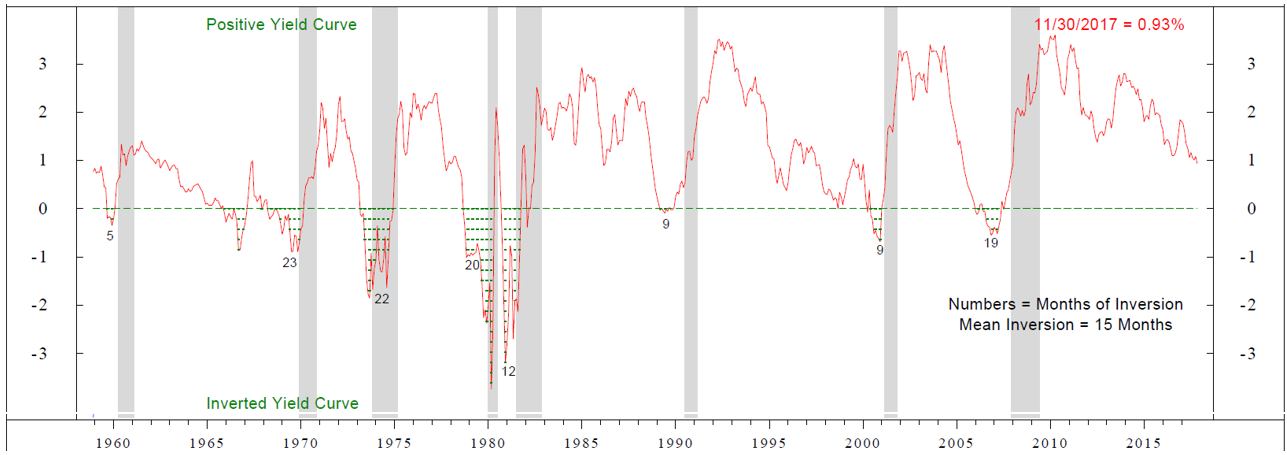
What about other factors?
- Default risk premium(credit risk): compensation for possibility of default. Demand a higher yield as risk won't receive promised payments.
- Fun fact: "Junk" bonds are called high-yield (Marketing tactic) but really its high promised yield.
- Taxability premium: compensation for unfavorable tax treatment.
- Liquidity premium: compensation for lack of liquidity (some bonds are easily tradeable without losing value)
Default Premiums and YTM
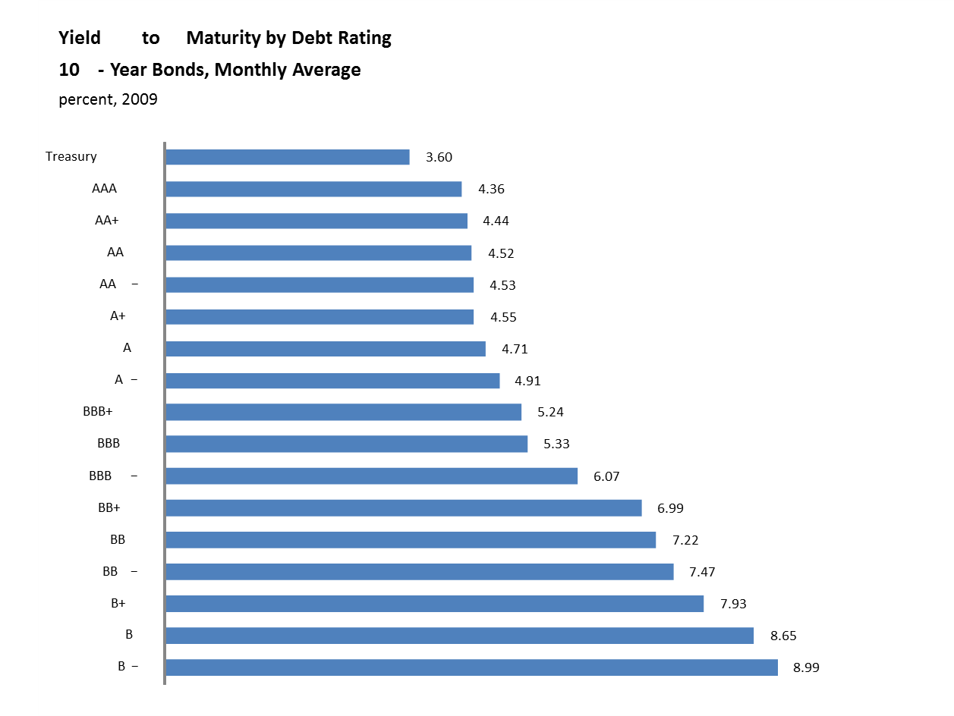
Yield for Different Bond Ratings
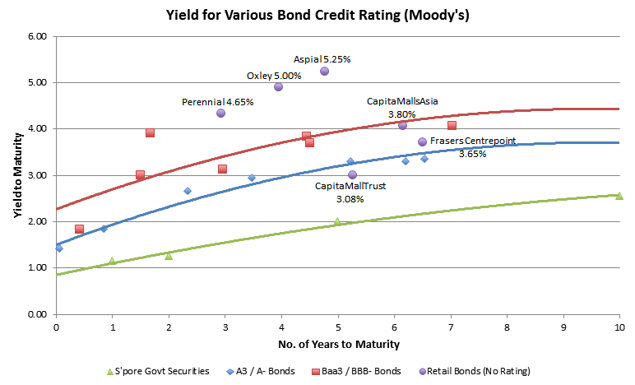
Key Learning Outcomes
- Bond valuation: price, YTM, coupon payment, face value, time to maturity
- Bond terms
- Bond ratings
- Bond types
- Bond market
- Inflation and interest rates
- Term structure